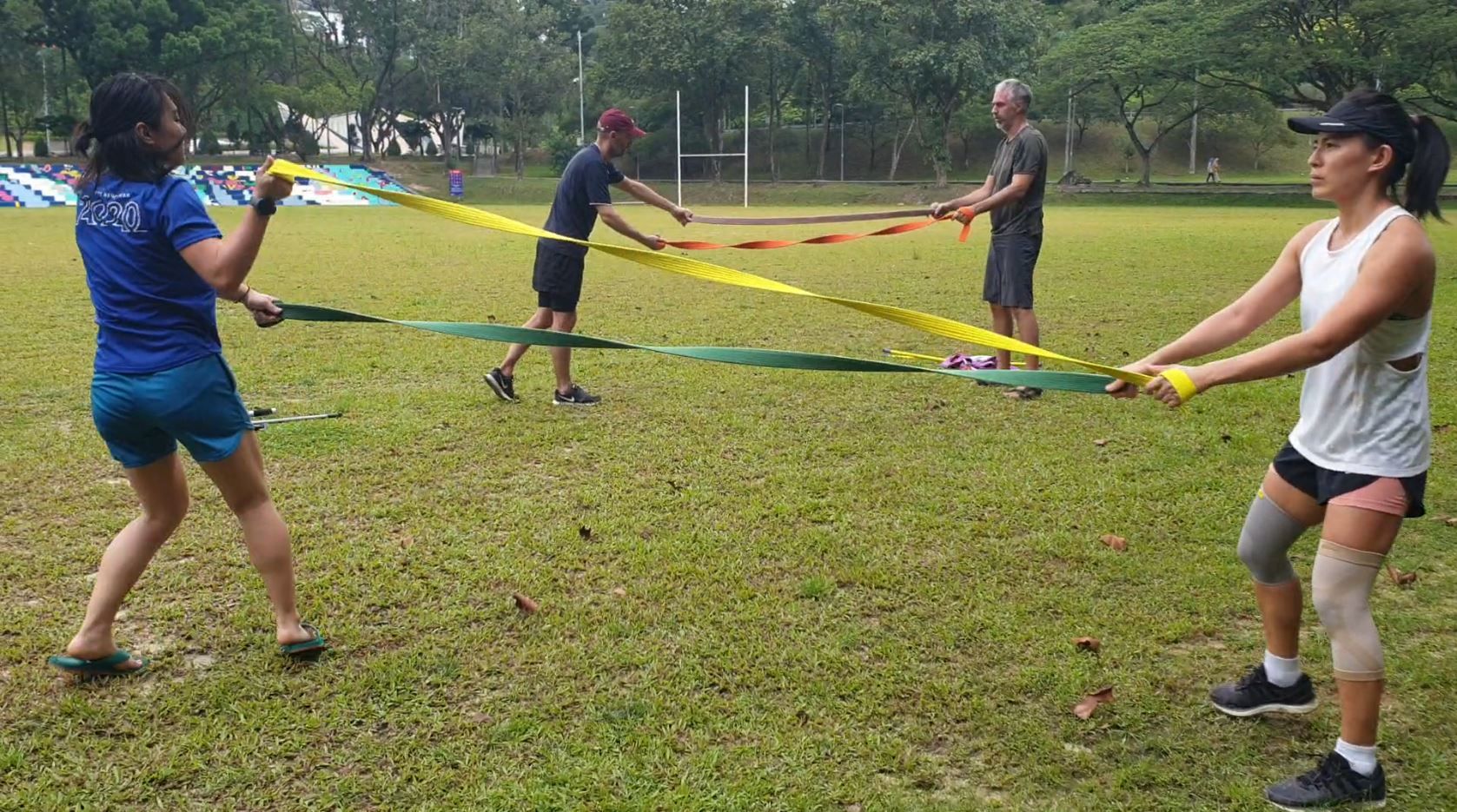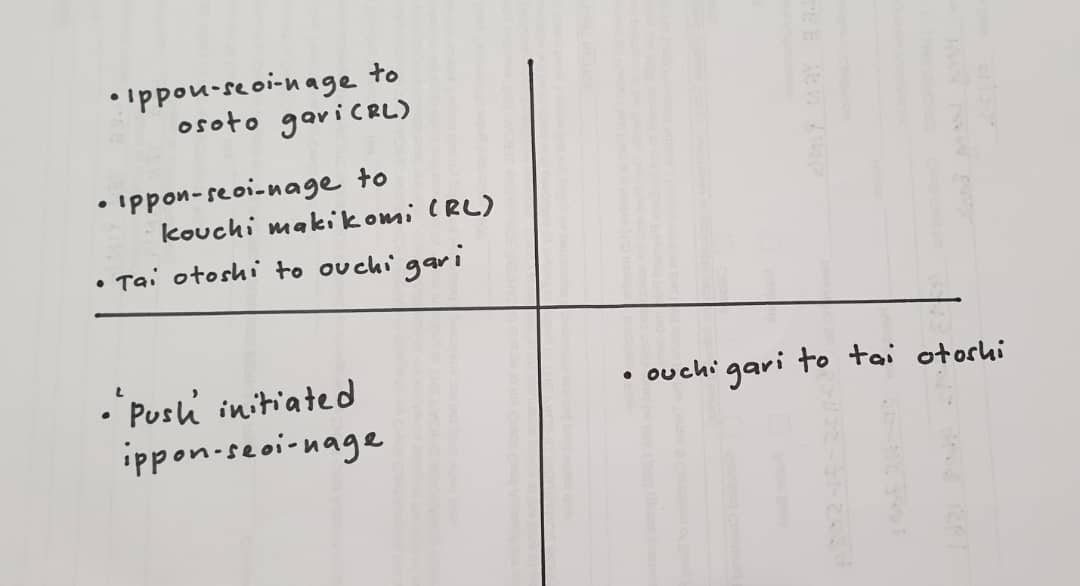
Immediately after Simon and Garfunkel concluded their historic Concert in Central Park in 1981, both of them were disappointed with their performance. Paul Simon has said in an interview that when they were walking off the stage, Art Garfunkel gave the thumbs down to him and said, "Disaster!"
It was not Garfunkel being facetious. He actually thought he had sung poorly. I don't know why he would feel that way because if you watch his performance of Bridge Over Troubled Water, it was probably the best live rendition of that song ever. The critics loved the concert, with Rolling Stone magazine calling it "one of the finest performances" of the year.
What this shows is that sometimes you can't really accurately gauge the quality of your own performance. For sure, sometimes you can. There are times, for example, when after a session, you go away from it feeling: "Yes, that was a good one. The players all learned something new and they enjoyed the training." Some sessions go so well, it's unmistakable just how good they were.
But there are also times when you are not so sure. Yesterday's session was one such example. It was our first outdoors session in a while and we were doing it in a new place. More critically, I was introducing a new concept.
Usually, for our outdoor sessions, I would start with some exercises, followed by ashiwaza drills and movement drills. This is usually the extent of what we can do with outdoor, socially-distanced training. Yesterday though, I decided to introduce a system of tokui-waza development to them.
This system is based on the 4 quadrants of judo, which calls for you to have a throw towards uke's front left, front right, back left and back right. These throws should be related in the sense that they are all done from the same sleeve and lapel grip. Tori should not have to change their grip in doing any of these four throws.
I then asked them to identify one or two main throws and to come up with practical combinations for each of those throws. The combinations should be their tokui-waza into another throw (e.g. morote-seoi-nage into kouchi-gari) as well as another throw into their tokui-waza (e.g. ouchi-gari into morote-seoi-nage).
What this meant is that the players had to spend a lot of time thinking about what to do, and experimenting with the movements to seamlessly go from one technique into another.
Not having a real-life uke to hold onto makes it doubly hard to train combinations. To the players' credit, they didn't give up and continued to try the different combinations that they came up with.
Watching them do this, I wasn't sure whether they found the session useful. Then April, one of our beginners, sent me this quadrant chart, accurately recording down the techniques she worked on in the park:

That gave me the sense that she found the session useful.
Shortly aftewards, I had a chat with one of our senior players, Nick, where I expressed my frustration with the fact that we are not able to do proper training under these lockdown restrictions. His reply:
"We'll follow the flow, no choice. But it's not bad, makes us think and look at different angles and aspects of judo. Thx to u!"
Indeed, the restrictions have forced me to look at different ways to teach judo. This is something I wouldn't have done if I didn't have to. If we had in-dojo training all along, we'd be focused more on nagekomi, randori and shiai. Judo is such an incredibly physical sport, if you have the chance to take hold of your partner and grapple, you will want to spend more time doing so than working on some esoteric concept about quadrants, tokui-waza and combinations. In a way, the lockdowns were a blessing in disguise because it allowed (forced) us to look at other aspects of judo that are important but tend to be neglected.
Later, Antoine, another one of our beginners posted this note on the group chat:
"Sensei, although the conditions are far from being favourables these days, today was a good session, especially because I personally entered a new era of my judo with the setup of different combinations. Starting to be very relevant and finally have a (small) glimpse of (I guess) your own experience, you and all the best players in the club, tasting what is the sense of getting around the vigilance of your opponent. I like it. A lot to practice for sure. Do not waste a crisis!"
And with that, I realized that the session was indeed a good one. Could it have been better? Of course. But we have at least two more weeks of outdoor, socially-distanced judo to go. I'll try to tweak and improve the program further.
Our next few sessions will be evening sessions. With the evening being cooler, we can do more HIIT exercises, plyometrics and speed and agility drills, to give the players a good workout. We'll also actually try to work on techniques. That won't be easy when there's no real-life uke involved and you can only learn through shadow uchikomi, but it's worth a try. Lastly, we will get them to continually work on their tokui-waza and combinations linked to it.
Before you know it, we'll be back in the dojo. And those who have been doing all these drills during MCO 3.0, will see some quick gains in their judo skills because of all the drilling they did. Solo drilling is not the same as drilling with a real-life uke but it will prep them for the real thing. And when the real thing comes along, they will be able to pick up those new skills very fast.
